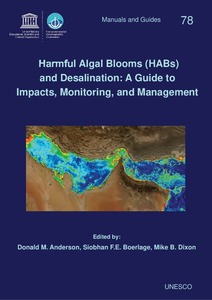Harmful agal bloom-related water quality monitoring for desalination design and operation.

View/
Average rating
votes
Date
2017Author
Boerlage, Siobhan F.E.
Villacorte, Loreen O.
Weinrich, Lauren
Assiyeh Alizadeh Tabatabai, S.
Kennedy, Maria D.
Schippers, Jan C.
Status
Published
Metadata
Show full item recordAbstract
Characterization of the raw seawater at plant intakes and monitoring to detect poor water
quality events including harmful algal blooms (HABs) is critical throughout the lifetime of a
desalination plant. HABs can result in a substantial increase in the organic and solids load in
the seawater feed to be treated at a desalination plant. This may result in an increase in the
clogging of granular media filters and accelerated particulate and/or (bio)fouling of
pretreatment and reverse osmosis membranes (see Chapter 2). Other feedwater quality
changes may be observed during or following a HAB event, such as a reduction in dissolved
oxygen levels and continued high concentration of organics due to decomposition of algal
matter by bacteria when the algal bloom degrades. Seawater in areas that are prone to algal
blooms or silt inflow etc. may require additional pretreatment if events are frequent and/or of
long duration (Chapter 9)......
Title of Report
Harmful Algal Blooms (HABs) and Desalination: a Guide to Impacts, Monitoring and Management.Editor(s) of Report
Anderson, D.M.Boerlage, S.F.E.
Dixon, M.B.
Page Range
pp.133-168Publisher
Intergovernmental Oceanographic Commission of UNESCOParis, France
Series;Nr
Intergovernmental Oceanographic Commission Manuals and Guides;78Document Language
enEssential Ocean Variables (EOV)
OxygenBest Practice Type
ManualCitation
Boerlage, S. F.E.; Villacorte, L.O.; Weinrich, L.; Assiyeh Alizadeh Tabatabai, S.; Kennedy, M.D. and Schippers, J.C. (2017) Harmeful algal bloom-related monitoring for desalination design and operation. In: Harmful Algal Blooms (HABs) and Desalination: A Guide to Impacts, Monitoring and Management. (eds. Anderson D. M.; Boerlage, S. F. E. and Dixon, M.B.). Paris, France, Intergovernmental Oceanographic Commission of UNESCO, pp.133-169. (IOC Manuals and Guides No. 78). DOI: http://dx.doi.org/10.25607/OBP-310Collections
 Repository of community practices in Ocean Research, Applications and Data/Information Management
Repository of community practices in Ocean Research, Applications and Data/Information Management